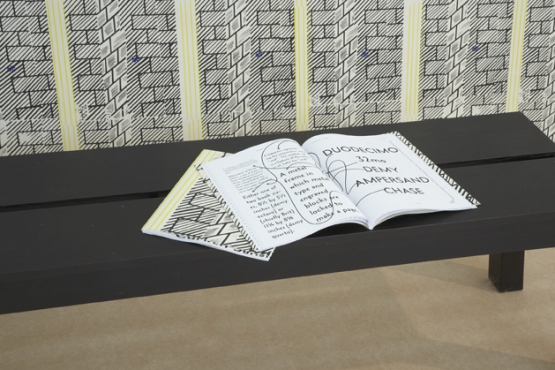Ruth Beale’s pamphlets and screenprinted posters form part of a larger body of work, England's Pleasant Land: A Remake. The poster, inspired by early twentieth century pageant posters, represents a framework for the outcomes of Beale’s research project. It advertises a series of performances and projects in various forms which highlight issues/tensions relating to preservation and historic/natural authenticity within a contemporary idea of the countryside.
This project is a proposal for a re-imagining of the issues played out in a pageant play, England’s Pleasant Land, by EM Forster from 1939. Though both fun and knowing in its use of form, the Forster play perpetuated the problems with pageants by not challenging timeless notions of rurality and class hierarchies. The form of the pageant popular from 1900-1930s was that of an historical reenactment centred around a particularly linear, empirical telling of history.
Here Beale reinterprets what is fundamentally a polemic for preservation of the countryside into a series of ‘vignettes’ that question what a pageant might be or do now. She has taken an antiquated form, reinvented it and is using it to explore the very notions of historicisation and preservation that it represents.
